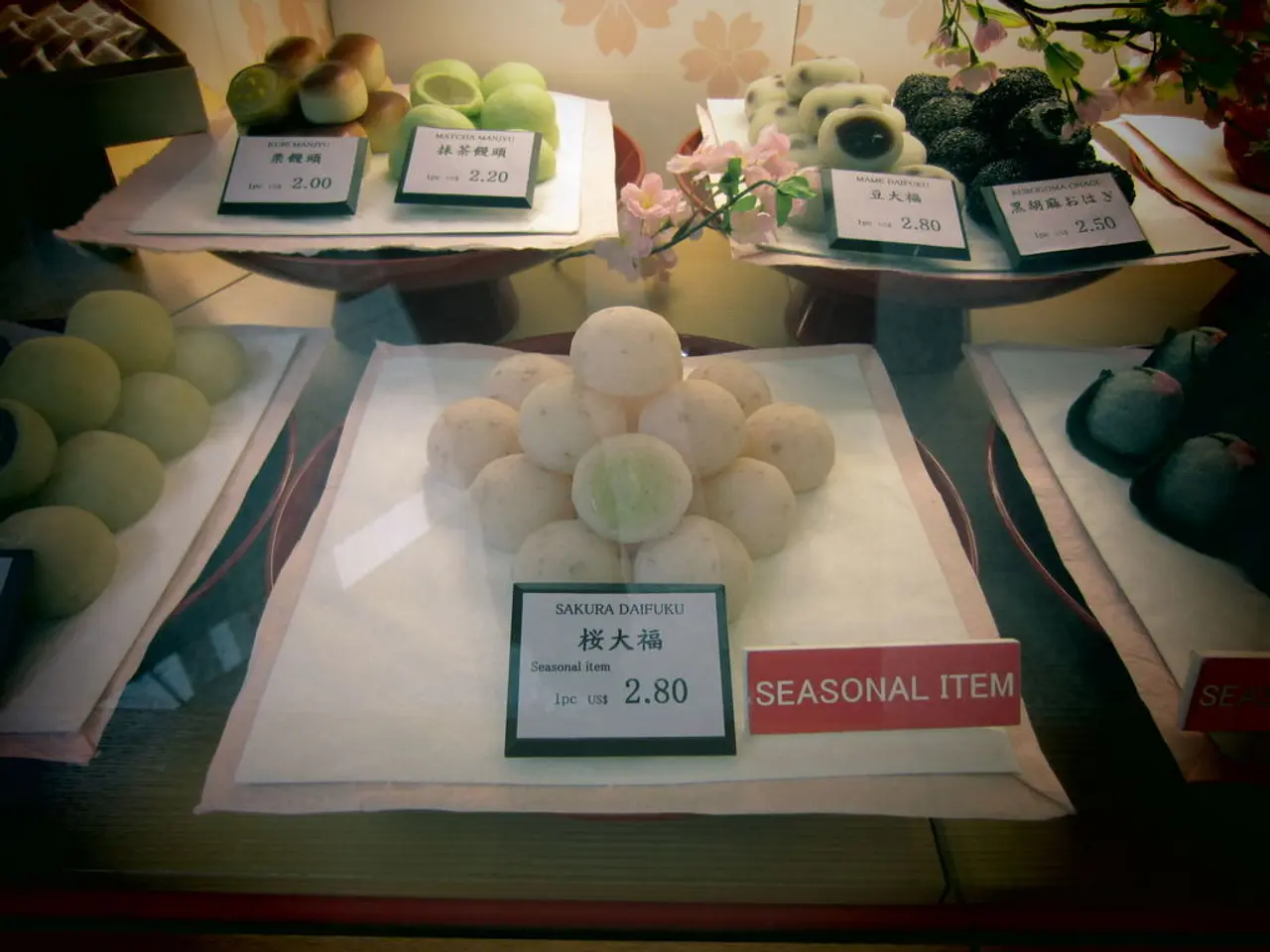Demand Graph Classification and Guidelines for Construction from Supply-Demand Equation
In the world of economics, the law of demand states that an increase in price leads to a decrease in the quantity demanded, and vice versa. However, there are certain exceptions to this rule that can make the relationship between price and quantity demanded more complex. Here are five such exceptions:
- Giffen Goods: These are inferior goods on which people spend a significant portion of their income. For these goods, an increase in price leads to an increase in demand because the income effect outweighs the substitution effect. An example is staple foods like rice or bread for low-income consumers. Despite the higher prices, these goods remain essential, and consumers may cut back on other expenses to afford them.
- Veblen Goods (Status or Prestige Goods): Luxury items whose demand increases as their price rises because they serve as status symbols. Higher prices increase their desirability as a symbol of wealth, making them more appealing to consumers. Examples include designer handbags, luxury cars, and high-end jewellery.
- Fear of Shortage (Price Expectations): When consumers expect that a commodity will become scarce or more expensive in the future, they may purchase more now despite rising prices. This is often seen during crises, such as panic buying of essentials like food and water.
- Necessities or Emergency Goods: Items like medicines or petrol are demanded regardless of price changes, especially in emergencies or urgent situations. For example, if someone is critically ill, they will need medication, regardless of the cost. Similarly, during a power outage, people may buy petrol for their generators, even if it's at a higher price.
- Brand Loyalty: Some consumers remain loyal to a particular brand even if its prices increase, due to emotional attachment or perceived quality. These consumers may be less sensitive to price changes, leading to less of a decrease in quantity demanded when prices rise.
These exceptions show that factors like income effects, consumer psychology, expectations, and the nature of goods can override the typical inverse relationship between price and demand described by the law of demand. Understanding these exceptions is crucial for businesses and policymakers to make informed decisions about pricing strategies and economic policies.
References: [1] Economics Online. (n.d.). Law of Demand. Retrieved March 10, 2023, from https://www.economicsonline.co.uk/microeconomics/demand/law_of_demand.html [2] Investopedia. (2021, February 22). Law of Demand. Retrieved March 10, 2023, from https://www.investopedia.com/terms/l/law_of_demand.asp [3] Khan Academy. (n.d.). Law of Demand. Retrieved March 10, 2023, from https://www.khanacademy.org/economics-finance-domain/microeconomics/consumer-behavior/demand/a/law-of-demand
- In the realm of business, recognizing the impact of factors such as brand loyalty and consumer psychology on demand is essential for implementing effective marketing strategies and maintaining customer satisfaction.
- In the realm of education-and-self-development, understanding the exceptions to the law of demand, like Giffen goods and Veblen goods, can provide valuable insights for policymakers and entrepreneurs looking to influence consumer behavior in finance and the business world.




